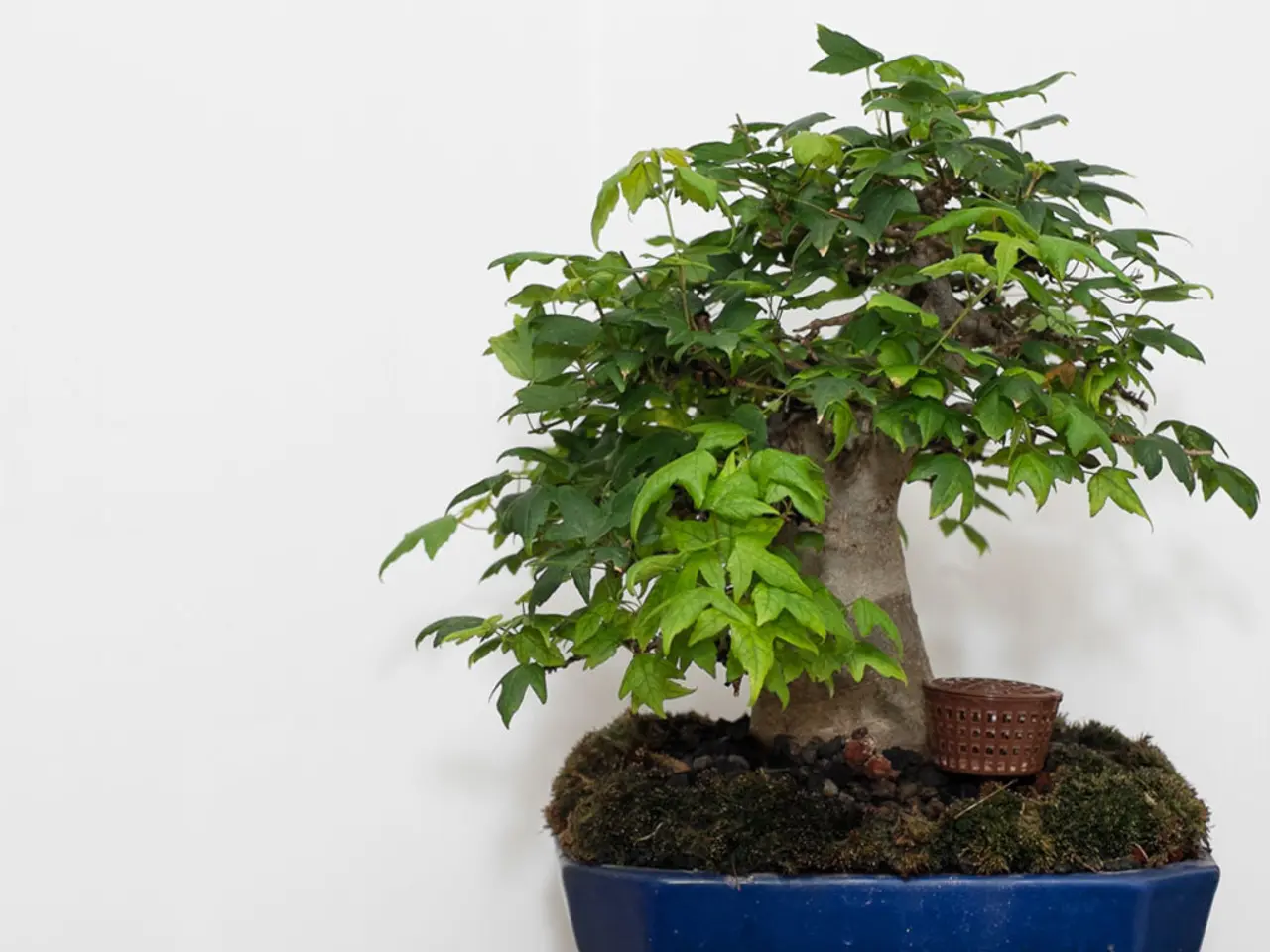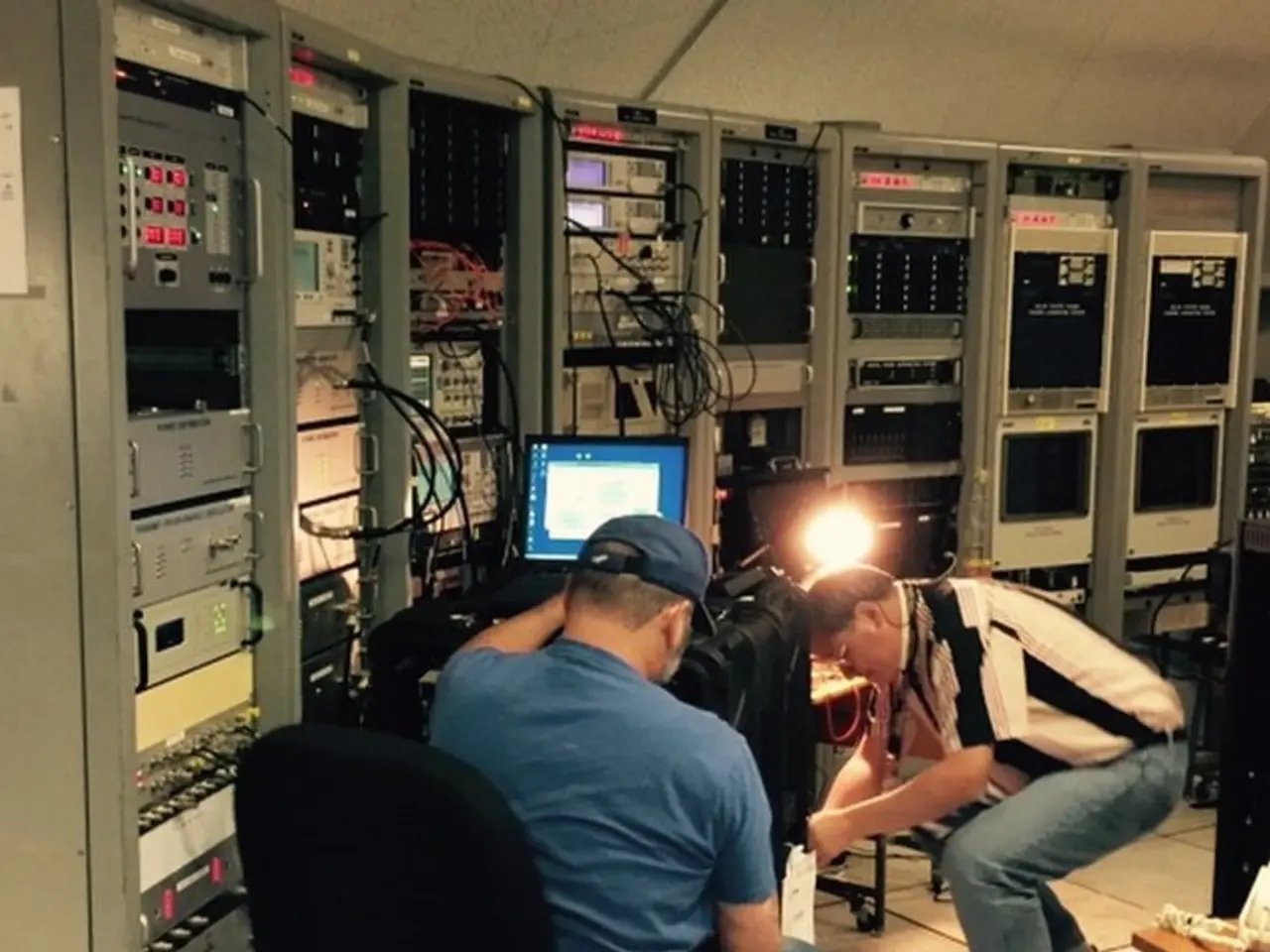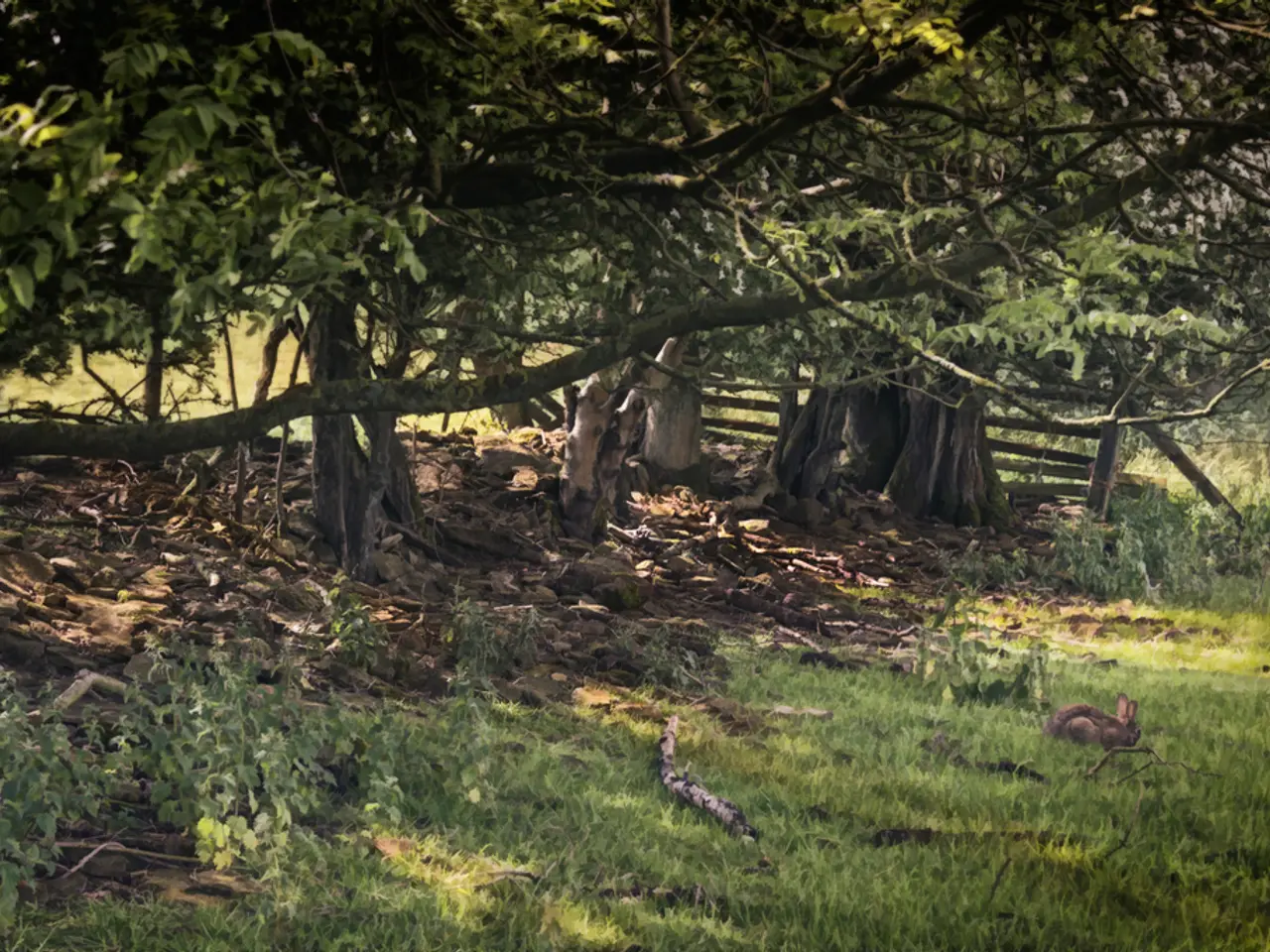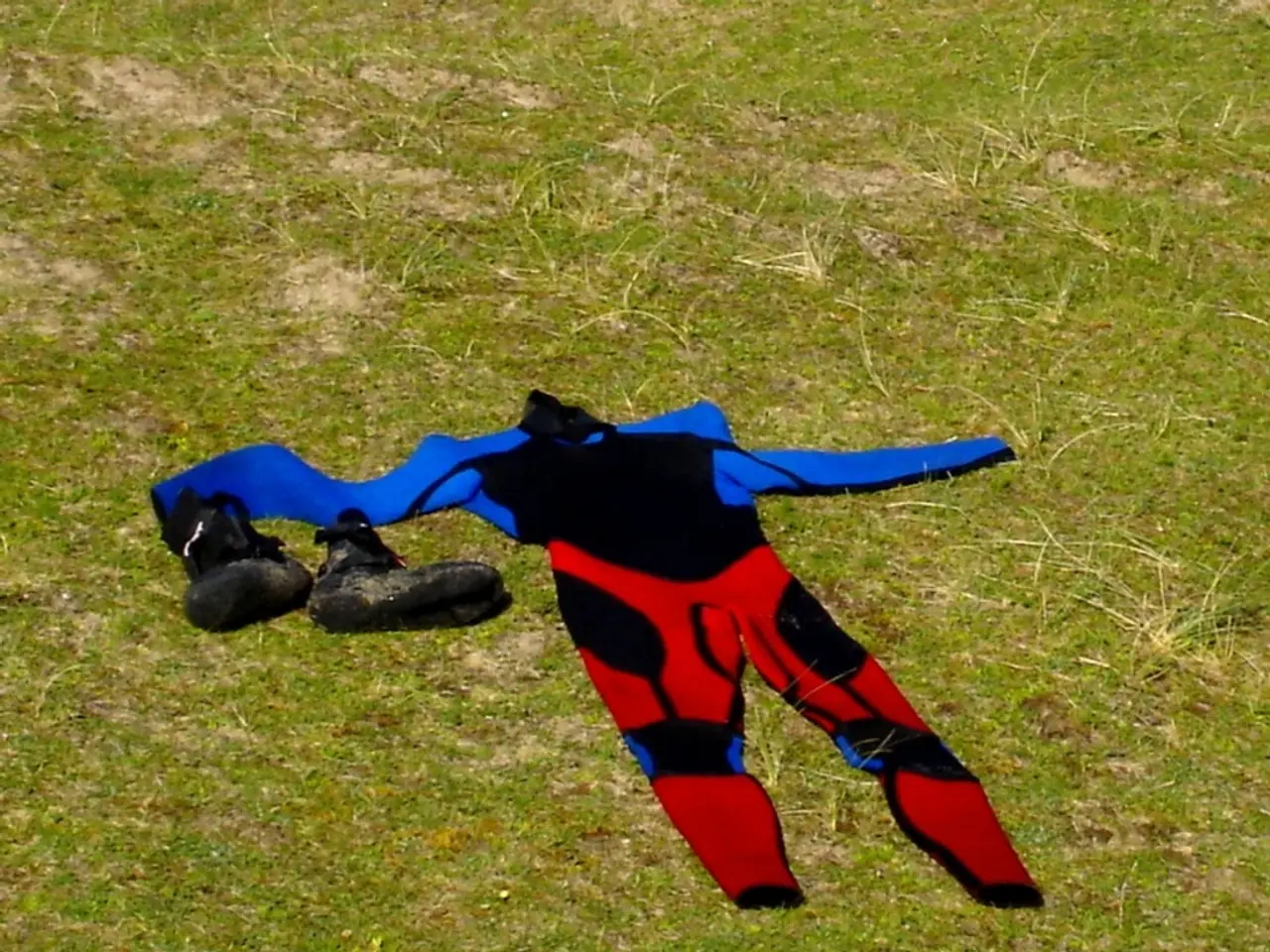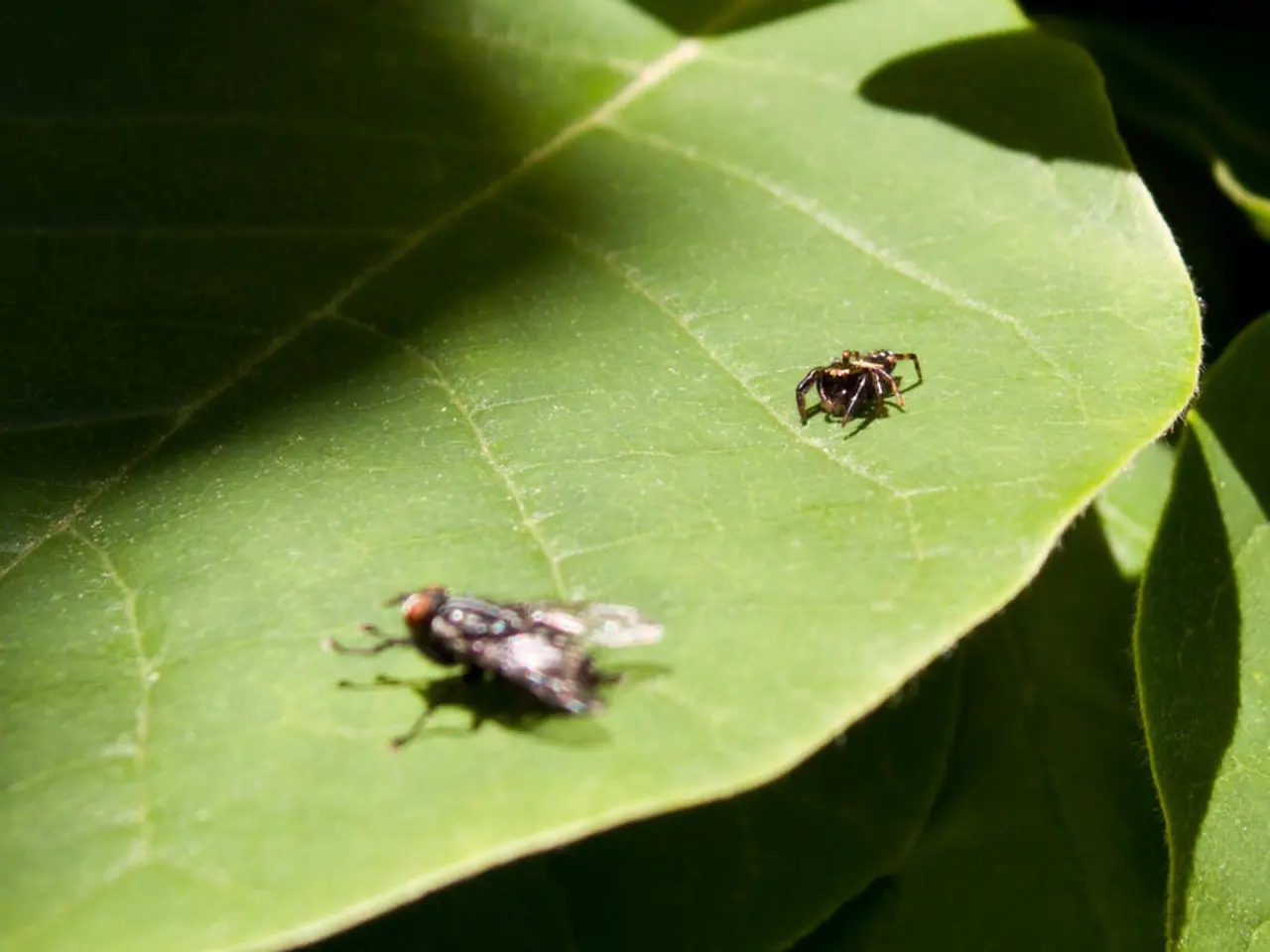Bonsai Art Photography: Showcasing Aesthetics and Techniques in Competitions
Capturing the Spirit of Bonsai: A Photographer's Guide
Photographing a bonsai tree is more than just pointing a camera at a miniature tree. To truly capture the unique character and spirit of a bonsai, an emotional connection is essential. Here are some tips and techniques to help you take stunning bonsai photographs, especially when competing.
Lighting
Lighting plays a crucial role in bonsai photography. Soft, diffused light can tame the reflective surfaces of bonsai containers, avoiding harsh shadows and reflections. The gentle hours of dawn and dusk are ideal for outdoor bonsai photography, as the light is often soft and diffused.
Background and Composition
A plain, non-distracting background is essential for showcasing the bonsai's style, details, and artistry. Composition should emphasize the bonsai’s shape and style, often applying principles like the rule of thirds and focusing on unique features such as trunk curvature, foliage density, and root formations. Capturing the bonsai from multiple angles can help best display its three-dimensional form and the specific style it represents.
Equipment
A digital single-lens reflex (DSLR) or mirrorless camera with interchangeable lenses is necessary for high-quality bonsai photography. A macro lens (50-100mm) is ideal for capturing intricate bonsai features, while a wide-angle lens can be used when photographing large bonsai trees in small spaces. Using a tripod guarantees sharp, detailed images.
Preparation
Ensure the bonsai is clean and well-prepared before photographing. This step is especially important when competing, as judges will be comparing the bonsai's style and details.
Editing
Photo editing software can be used to enhance bonsai images, but over-editing should be avoided. The goal is to preserve the tree's natural beauty and authenticity.
Competition Considerations
When photographing bonsai for a competition, it's essential to maintain high image quality and artistic presentation. Since photographic competitions often judge technical quality and subject portrayal separately for amateurs and professionals, maintaining high image quality and artistic presentation is crucial.
Learning Resources
Although there are no direct photography workshops specific to bonsai competitions, some bonsai workshops exist where hands-on learning about bonsai care and display might indirectly aid in photographic presentation skills. Intentional composition using negative space and leading lines is crucial for drawing the viewer's eye to the tree's most striking features.
In conclusion, capturing the spirit of a bonsai requires a deep understanding of the interplay between light, form, and texture. With careful preparation, the right equipment, and a keen eye for composition, you can create exceptional photographs that truly capture the essence of these miniature marvels, elevating them to an ethereal plane where art and nature converge.
- A well-curated home-and-garden environment would undeniably appreciate a stunning bonsai tree, enhancing the lifestyle and bringing a touch of tranquility.
- For the bonsai enthusiast with a keen eye for aesthetics, mastering bonsai photography not only elevates their own artistry but also contributes to the uplifting of bonsai's prestige in home-and-garden showcases and competitions.
